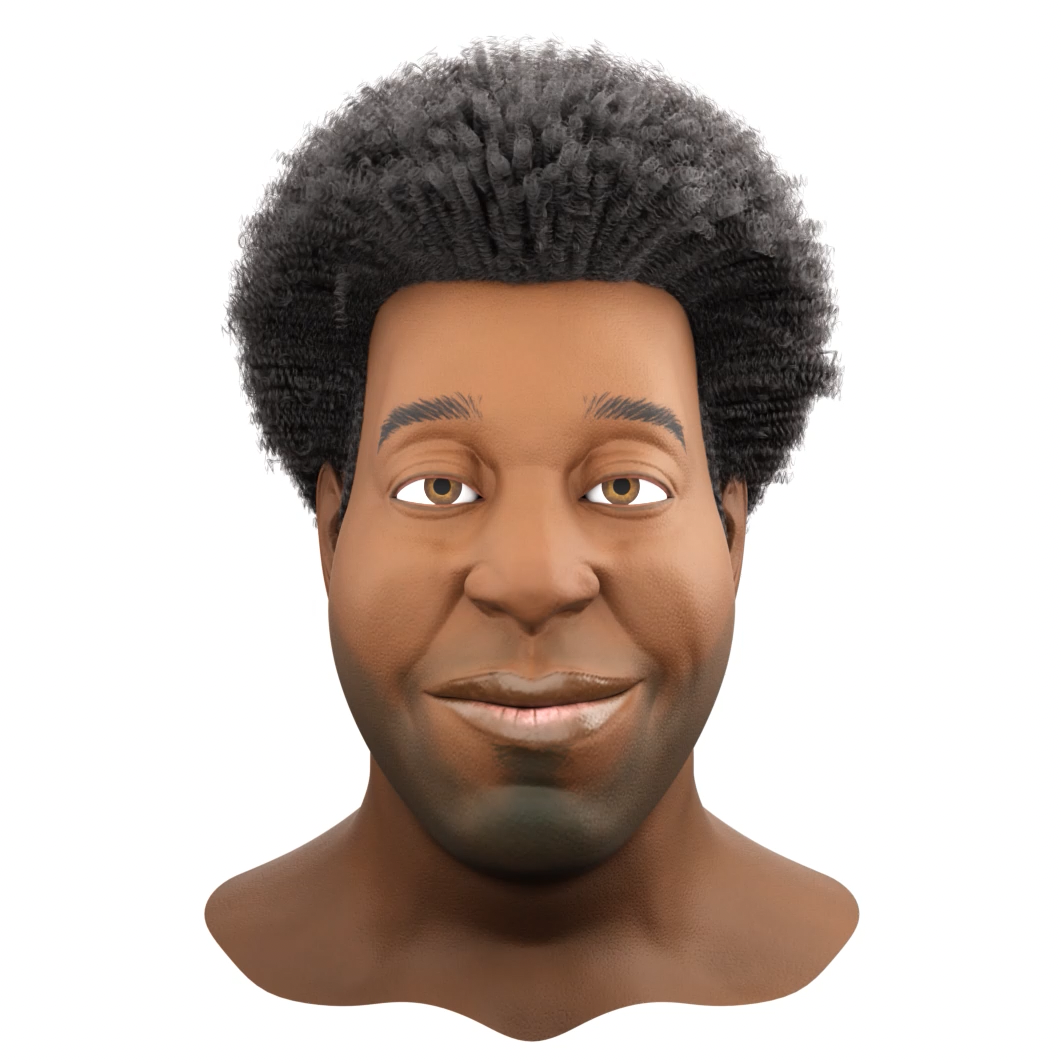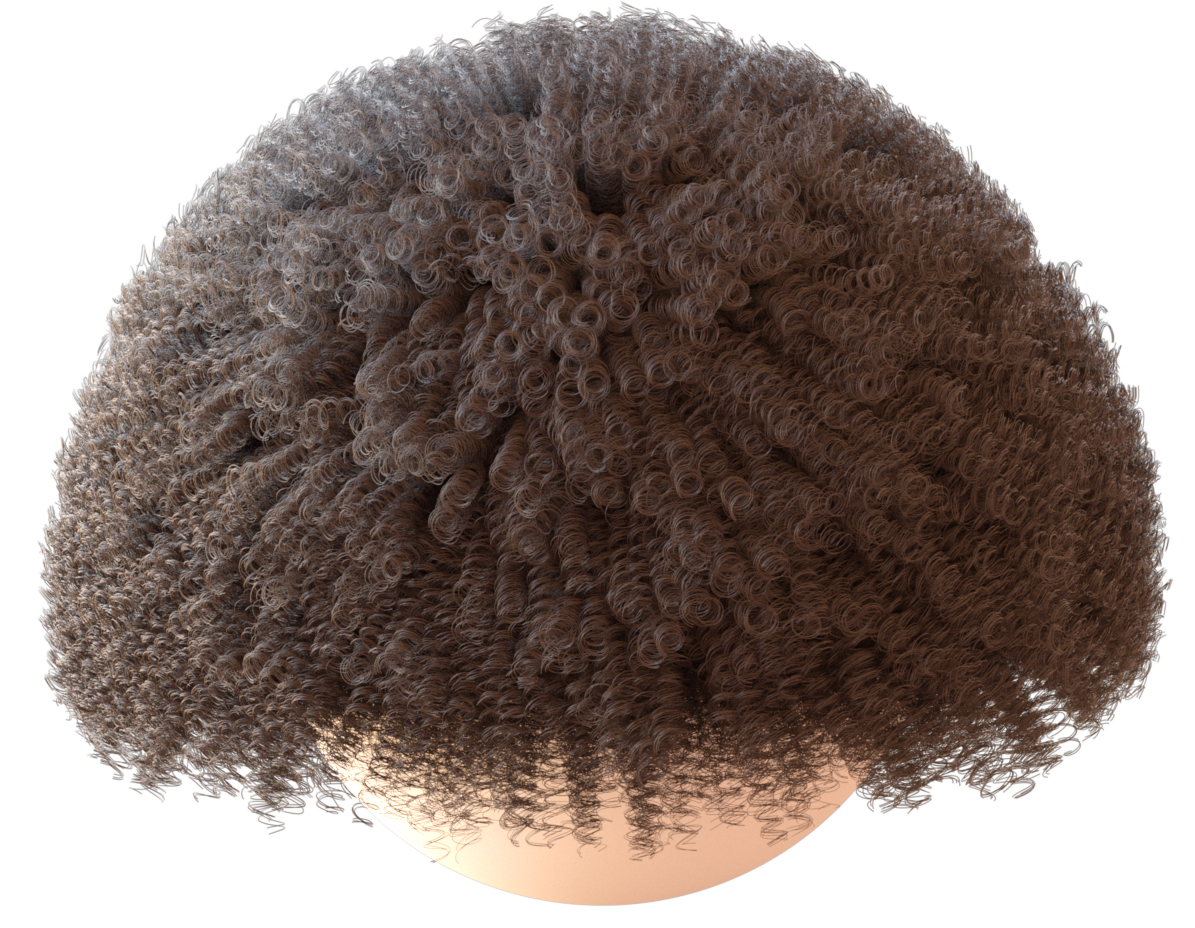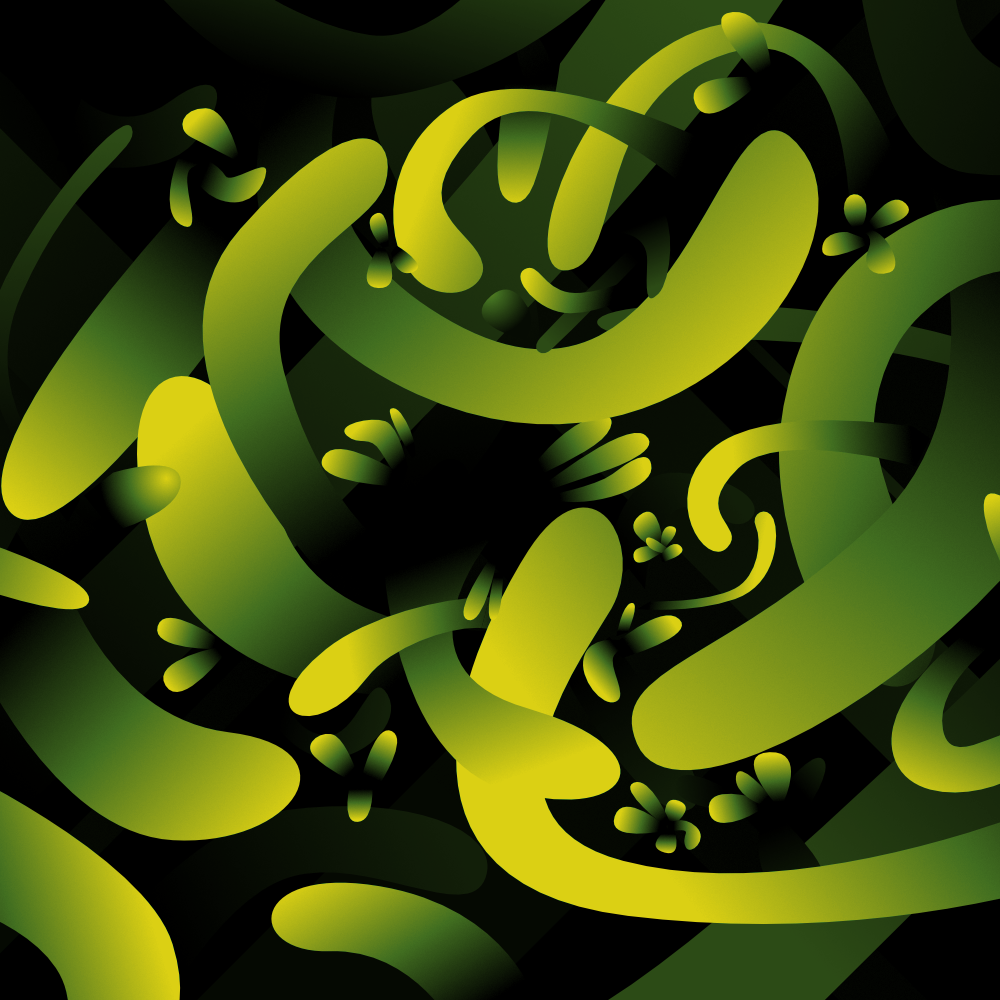About
Hello! I'm Alvin, a Ph.D. student working at the Yale Computer Graphics group with Dr. Theodore Kim. My main research interests are in deformable simulation, geometry processing, and modelling. Additionally, I make games and interactive art!
Publications

We present a method for simulating deformable bodies in four spatial dimensions.
To accomplish this, we generalize several pieces of the traditional simulation
pipeline. Starting from the meshing stage, we propose a simple method for
generating a pentachoral mesh, the 4D analog of a tetrahedral mesh. Next, we
show how to generalize the deformation invariants, allowing us to construct 4D
hyperelastic energies that lead directly to hyper-dimensional deformation forces.
Finally, we formulate collision detection and response in 4D. Our eigenanalyses
of the resulting deformation and collision energies generalize to arbitrarily
higher dimensions. The resulting simulations display a variety of previously
unseen visual phenomena.

We present geometric methods for generating shapes that are
characteristic of highly coiled hair. Different features become
visually relevant when hairs are well-approximated by high-frequency
helices instead of low-frequency curves, so we present algorithms for
three such phenomena. First, a Fourier-based method for phase locking,
the process by which disparate helices near the scalp coalesce into a single curl.
Second, a method for period skipping which models individual helices
deviating from the coalesced curl. Third, a non-linear optimization
that directly generates the shapes of switchbacks, a.k.a. helical perversions,
which heretofore could only be produced through direct physical simulation.
By applying all three methods in tandem, we show that we can achieve richly
detailed depictions of highly coiled hair.

We present an isotropic, hyperelastic model specifically designed for the efficient
simulation of tightly coiled hairs whose curl radii approach 5 mm. Our model is
robust to large bends and torsions, even when they appear at the scale of the strand
discretization. The terms of our model are consistently quadratic with respect to
their primary variables, do not require per-edge frames or any parallel transport
operators, and can efficiently take large timesteps on the order of 1/30 of a second.
Additionally, we show that it is possible to obtain fast, closed-form eigensystems for
all the terms in the energy. Our eigenanalysis is sufficiently generic that it generalizes
to other models. Our entirely vertex-based formulation integrates naturally with existing
finite element codes, and we demonstrate its efficiency and robustness in a variety of scenarios.

We analyze a wide class of penalty energies used for contact response through the lens of a
reduced frame. Applying our analysis to both spring-based and barrier-based energies, we show
that we can obtain closed-form, analytic eigensystems that can be used to guarantee positive
semidefiniteness in implicit solvers. Our approach is both faster than direct numerical
methods, and more robust than approximate methods such as Gauss-Newton. Over the course of
our analysis, we investigate physical interpretations for two separate notions of length.
Finally, we showcase the stability of our analysis on challenging strand, cloth, and volume
scenarios with large timesteps on the order of 1/40 s.
